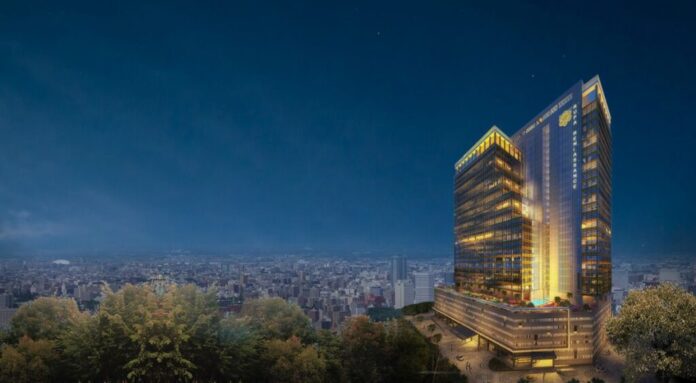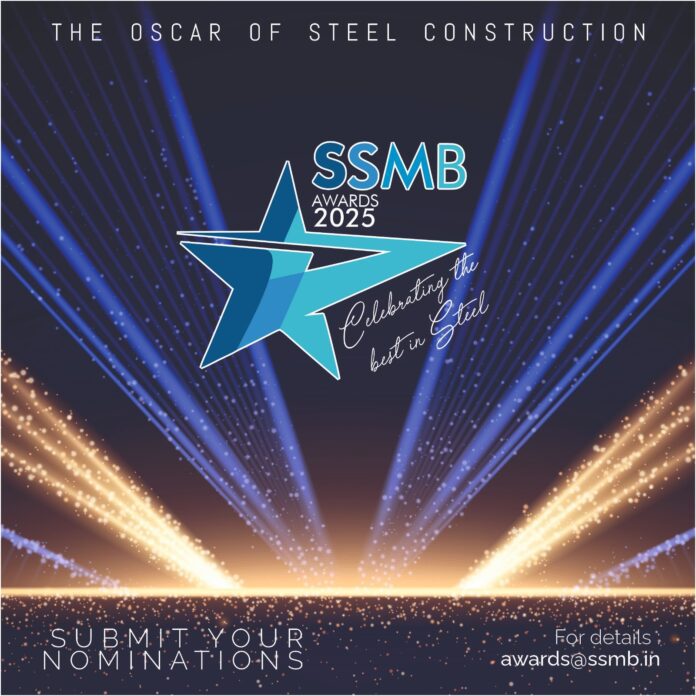In a city where concrete towers have long been the norm, Rupa Renaissance stands out as a bold redefinition of what highrise ambition looks like when steel takes centre stage. Located in Turbhe, Navi Mumbai, this mixed-use project stretches over approximately 1.8 million square feet and rises to around 132 m, combining an IT office block, Marriott executive apartments and guest apartments with seamless connectivity across blocks.
A New Hook in Today’s Context
As India accelerates urban infrastructure pushes and remote working blends into hybrid formats, demand for flexible, high-capacity office-space has surged. Rupa Renaissance, with its steel composite structure, appears especially topical now: it offers faster construction, large floor plates, and adaptability. In an era when many projects lag due to delays in material supply or manpower, this project is proof that steel-led highrises can buck that trend.
The Story Behind the Project
The developer’s brief was clear: deliver a premium highrise campus that could host multinational tech firms and offer hospitality-style living, all without inflating costs excessively. It was to be done on a plot in Turbhe, close to major arteries and transit hubs, yet in a region where rents could not always support sky-high construction budgets. Designers insisted that using composite steel would allow large spans, sleeker columns and faster build times without costing significantly more than an equivalent reinforced concrete structure. The Rupa Renaissance was completed in about 24 months, meeting its goals of economy and elegance.
Design and Structural Aspects
Every design choice in Rupa Renaissance reflects precision engineering fused with spatial intelligence. The IT block, for example, comprises a basement, ground floor, five levels of parking, followed by 30 storeys of office space — all within steel composite framing. This allows larger column-free spans which improve usable space and view corridors. Beam depths are controlled, reducing structural depth and material use. The layout positions elevator cores and staircases at the centre so that wings on either side enjoy daylight, views and uninterrupted floor plates. The facade blends glass and brick with panel widths nearly double the standard size (2400 mm vs 1200 mm), achieving both aesthetic elegance and reduced heat gain. Around 300 glass panels of roughly 9.6 sq m were fabricated and installed in record time, with tight specifications for watertightness, airtightness and wind loading.
Structural Speed and Global Benchmark
What sets Rupa Renaissance apart is the speed with which it was erected relative to its scale. Building using steel composite allowed parts to be prefabricated off-site and assembled rapidly. Compared to traditional RCC towers of similar size, this allows completion of shell and core in significantly shorter schedules. The result is not just faster return on investment for the developer, but also much reduced disruption around a densely built area. Globally, projects of this scale might take 30-36 months; here, hitting major milestones in under two years positions Rupa Renaissance among the benchmarks for highrise delivery in India and comparable emerging urban centres.
Expert Takeaway
According to Jay Shah of Access Architects, “Rupa Renaissance demonstrates that steel construction is more than a novelty: it is the future of efficient, high-quality highrises in urban India. When architects, engineers and clients collaborate early, prefabrication and composite frames deliver speed, performance and sustainability. It is not about cost alone, but about long-term value, adaptability and delivering on promise.”
If you are drawn to stories of how technology, structure and vision intersect in urban highrises ‒ from steel frames rising in months to facades that balance beauty with performance ‒ this is just the beginning. Come back next week for another journey into a highrise that pushes limits in a wholly different way.




